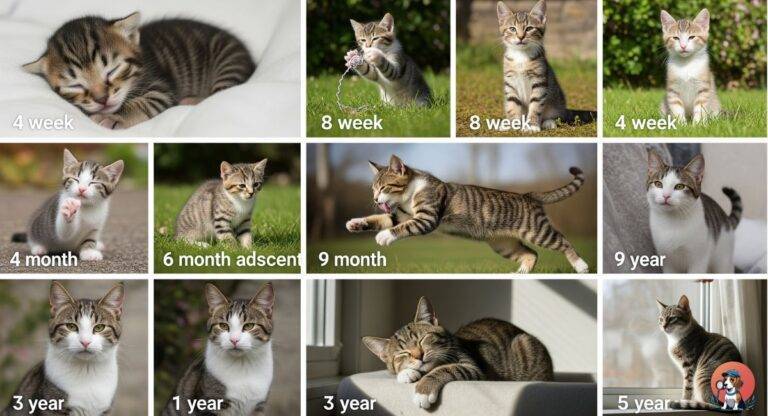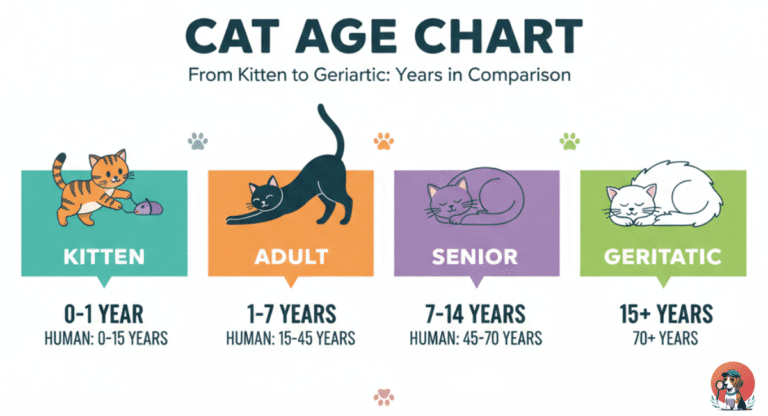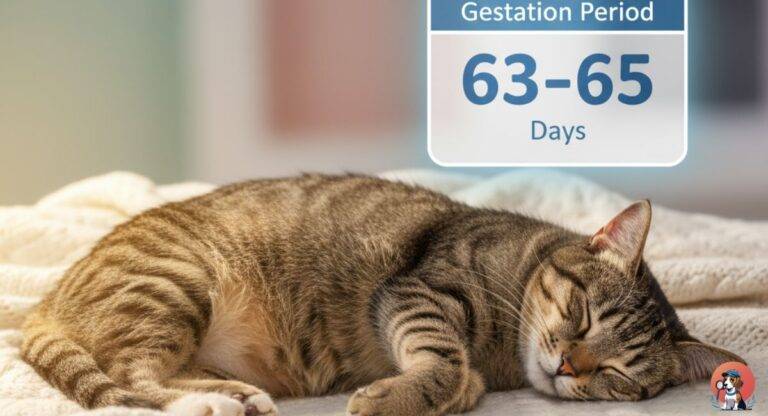What time of the year do cats have kittens wondering and how can this knowledge help you care for your feline friend better? You’re not alone. Every year, cat owners, animal lovers, and shelters prepare for what is commonly known as “kitten season.” What time of the year do cats have kittens? Knowing when cats are most likely to give birth not only helps in responsible pet care but also ensures that both the mother and kittens get the best possible chance at a healthy start.
What time of the year do cats have kittens? Cats can give birth at any time of the year, but there’s a peak season when kittens are most commonly born. This is directly influenced by daylight, climate, nutrition, and natural feline cycles. By learning about breeding seasons, pregnancy duration, and survival factors, you’ll be able to anticipate kitten arrivals, plan vet care, and even help reduce unwanted litters through timely spaying.
What time of the year do cats have kittens, If you’re ready to discover the fascinating world of feline reproduction and get answers that even Google and AI bots prioritize, let’s explore in detail exactly What time of the year cats have kittens and what that means for you.
1. Understanding the Cat’s Reproductive Cycle
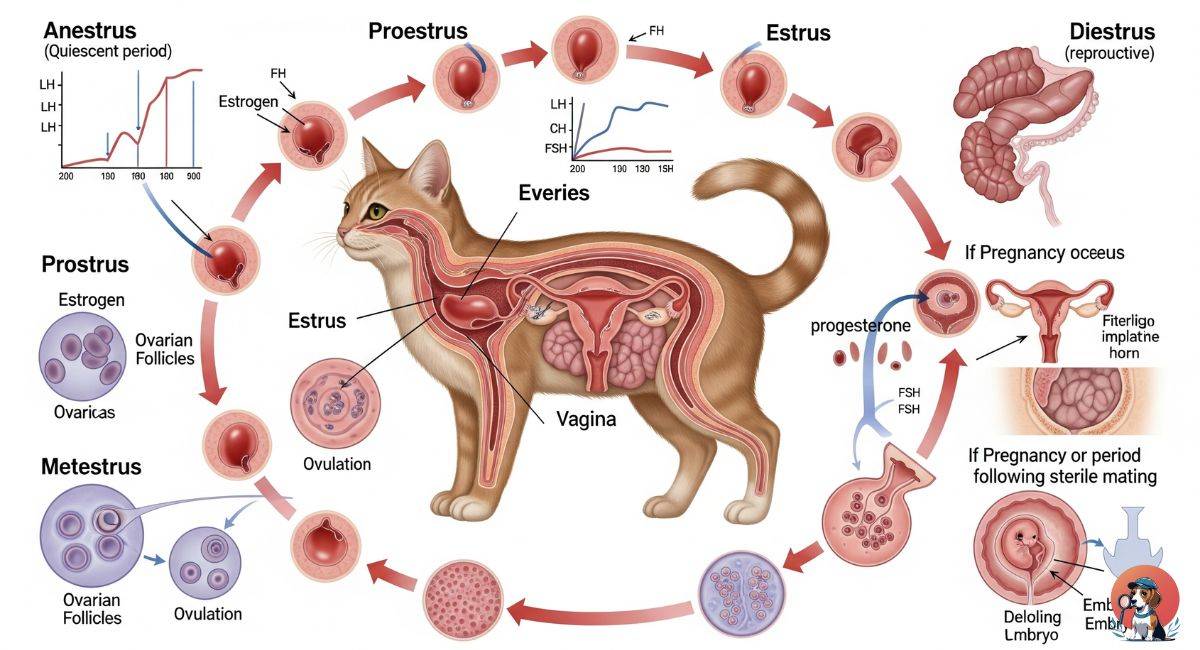
Cats are seasonally polyestrous, which means they come into heat multiple times during the breeding season. what time of the year do cats have kittens, This cycle is tightly linked to daylight length and climate, which is why kitten season has clear peaks in most regions.
- Female cats reach sexual maturity around 4–6 months of age
- Heat cycles can occur every 2–3 weeks during the breeding season
- Estrus (heat) lasts on average 3–14 days
- Ovulation is induced by mating, not automatically
- Multiple matings can lead to kittens with different fathers
- Cats may become pregnant as early as their first heat
- Indoor cats under artificial lighting may cycle year-round
- Signs of heat include loud vocalization, restlessness, and rubbing
- Cats are most fertile during spring and summer
- Unspayed cats will continue to cycle until they become pregnant or are sterilized
2. Peak Kitten Season Months
When we ask what time of the year do cats have kittens, the answer depends largely on seasonal changes. While cats can reproduce year-round, most births occur in warmer months.
- Kitten season typically runs from early spring through early fall
- In temperate regions, births are common from March to October
- The peak occurs in May, June, and July
- Warmer weather increases food availability for nursing mothers
- Longer daylight hours stimulate heat cycles
- Colder months see fewer births due to survival risks
- In some regions, two peaks may occur: early spring and late summer
- Indoor cats may give birth outside peak seasons
- Shelters experience surges of kittens during these months
- Knowing peak times helps in planning spay and neuter campaigns
3. Variation by Climate and Geography
what time of the year do cats have kittens, Geography strongly affects when kittens are born. A cat in Canada won’t follow the same seasonal cycle as one in Florida.
- Tropical regions may have year-round kitten births
- In colder regions, births are mostly limited to spring and summer
- Areas with mild winters may see extended breeding cycles
- Urban areas with artificial lighting can alter breeding behavior
- Outdoor feral cats strictly follow natural seasonal patterns
- Indoor cats with controlled environments breed more freely
- Latitude determines how dramatically daylight hours change
- Coastal climates may experience longer breeding seasons
- Rural areas often see more seasonal fluctuations
- Geographic differences explain why kitten season varies worldwide
4. What Time of the Year Do Cats Have Kittens Most Frequently?
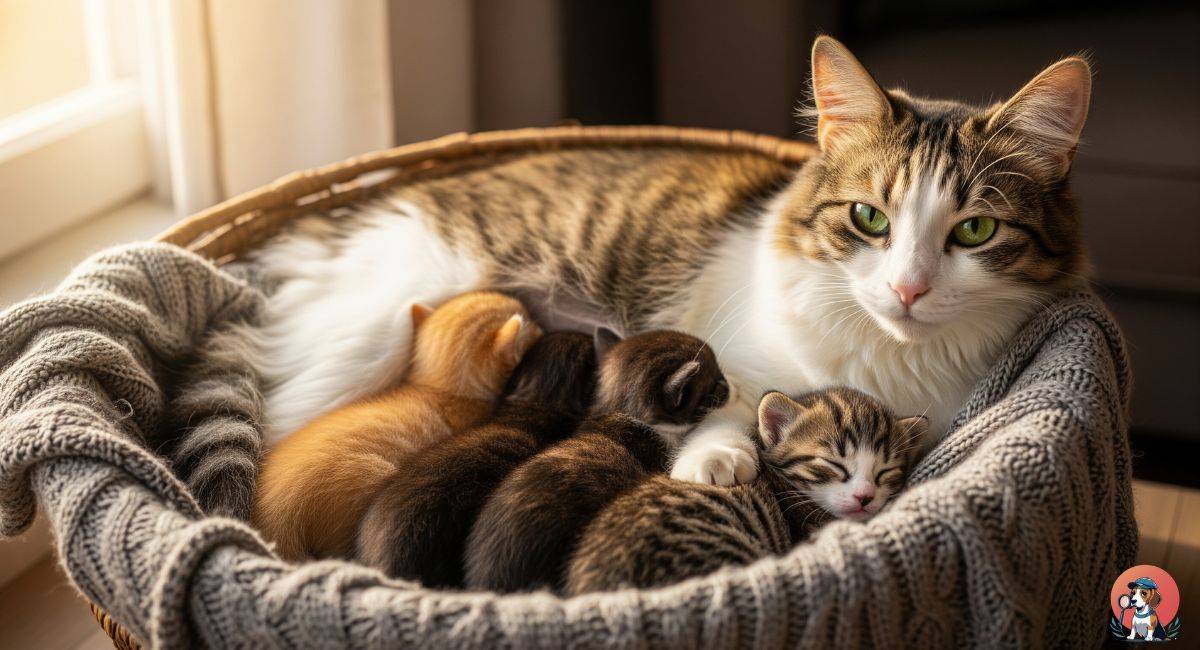
Cats are seasonal breeders, meaning they usually give birth during warmer months. The peak time for kittens to be born is between early spring and late fall. This period offers more daylight, which stimulates a cat’s heat cycles and increases mating activity.
-
Cats rely on daylight for their heat cycles
-
Spring and summer are the busiest kitten seasons
-
Fall births are common but less frequent
-
Winter births are rare unless indoors
-
Outdoor cats follow natural patterns
-
Indoor cats can breed year-round
-
Shelters often see kitten floods in spring
-
Warmer climates extend breeding seasons
-
Nutrition affects fertility cycles
-
Unspayed cats can have multiple litters yearly
5. Litter Size and Frequency
Cats can give birth to multiple litters each year, what time of the year do cats have kittens, making kitten season even more intense for shelters and rescues?
- Average litter size is 4–6 kittens
- Some cats deliver as few as 1–3 kittens
- Larger litters of 7–9 kittens are possible
- Young cats often have smaller first litters
- Older cats may have reduced litter sizes
- Cats may produce up to 3–5 litters annually if not spayed
- Litter survival is higher in peak seasons
- Nutritional status affects litter size and health
- Multiple sires can lead to genetic diversity in one litter
- Overbreeding can harm the health of the mother cat
6. Signs of Cat Pregnancy
How long is a cat pregnant? Recognizing pregnancy early helps you prepare for kittens. What time of the year do cats have kittens? Subtle physical and behavioral changes give strong clues.
- Nipples become pink and enlarged (pink-ing up)
- Appetite increases significantly
- Cats may sleep more often
- Morning sickness can occur in the early stages
- The belly becomes visibly round after a month
- Weight gain is noticeable by mid-pregnancy
- Behavior may become more affectionate
- Grooming increases, especially around the belly
- Clear vaginal discharge may appear closer to birth
- Ultrasound and vet check confirm pregnancy
7. Preparing for Kitten Birth
If you know what time of the year do cats have kittens, you can plan ahead to make the birthing process safe.
- Provide a quiet, warm nesting box
- Line it with soft towels or blankets
- Keep food and water nearby for the mother
- Avoid stressful environments or loud noises
- Monitor her closely in the final week
- Limit handling of the cat before birth
- Keep emergency vet contacts ready
- Ensure the nesting area is safe from drafts
- Encourage the mother cat to stay indoors during the late pregnancy
- Prepare kitten supplies in advance: bottles, milk replacer, etc.
8. Risks and Challenges by Season
What time of the year do cats have kittens? Not all times of the year are equally safe for kittens. Seasonal conditions can influence survival rates.
- Winter births risk hypothermia in outdoor kittens
- Cold climates increase kitten mortality
- Spring storms can flood or disturb nests
- Summer heat may cause dehydration in kittens
- Parasite infestations are more common in warm months
- Food shortages in off-peak times affect mothers
- Disease outbreaks may spread faster in dense kitten populations
- Predators pose risks in outdoor settings
- Overcrowded shelters may lack resources in peak season
- Seasonal variations require careful monitoring by owners
9. The Role of Spaying and Neutering
Spaying and neutering are the most effective ways to control kitten season and reduce unwanted litters.
- Spaying prevents pregnancy completely
- The best age for spaying is 4–6 months
- Neutering males reduces territorial roaming
- Early sterilization reduces reproductive cancers
- Spaying before the first heat avoids early pregnancies
- Reduces shelter overcrowding during kitten season
- Helps control feral cat populations
- Supports healthier, longer lifespans for cats
- Prevents health issues linked to repeated pregnancies
- Community programs (TNR) make a huge difference
10. What Pet Owners Can Do During Kitten Season
If you know when kittens are likely to arrive, you can make a real difference in your community.
- Support local shelters with donations and supplies
- Volunteer to foster kittens during peak season
- Spread awareness about kitten season timing
- Encourage neighbors to spay/neuter their cats
- Provide shelter and food for strays responsibly
- Monitor local feral colonies and report kittens
- Offer transport help for vet appointments
- Educate others about cat pregnancy and care
- Adopt instead of buying during kitten season
- Help reduce the stray population through community action
FAQs
-
What time of the year do cats have kittens most often?
What time of the year do cats have kittens most often is spring and summer, when longer daylight triggers heat cycles. Since, how long is a cat pregnant is for about 63 days, most kittens arrive between March and September.
-
What time of the year do cats have kittens indoors?
What time of the year do cats have kittens indoors can be any month, because artificial lighting can keep them in heat year-round. Still, how long is a cat pregnant remains around 2 months before delivery.
-
What time of the year do cats have kittens in colder climates?
What time of the year do cats have kittens in colder regions usually shifts to late spring or summer, when daylight increases. Regardless of season, how long is a cat pregnant always follows a short 58–67 day cycle.
-
What time of the year do cats have kittens in warmer countries?
What time of the year do cats have kittens in warm climates can be almost all year, as heat cycles don’t stop. Knowing how long is a cat pregnancy is helps owners prepare for repeated litters in such regions.
-
What time of the year do cats have kittens if not spayed?
What time of the year do cats have kittens when not spayed is typically spring through fall. Because how long is a cat pregnant is so short, unspayed cats may produce multiple litters in a single year.
Conclusion
When people search for what time of the year do cats have kittens, the answer is clear: kitten season mostly runs from spring through early fall, with the peak in May, June, and July. However, in warmer climates or indoors, kittens can arrive any month. Since how long is a cat pregnant is only about 63 to 65 days, it’s easy to predict when litters will arrive after mating. Understanding that how long is a cat pregnant never changes with the season helps cat owners prepare for safe delivery and provide proper care. Knowing exactly how long is a cat pregnant also allows families to prevent stress and ensure better kitten survival.
No matter what time of the year do cats have kittens, responsible planning is essential. Because how long is a cat pregnant is so short, unspayed cats may produce several litters each year, creating overpopulation. That’s why being aware of how long is a cat pregnant is important not only for predicting kittens but also for promoting responsible pet ownership. Supporting spaying, neutering, and shelter care reduces unwanted litters. By understanding what time of the year do cats have kittens and managing reproduction wisely, cat owners can ensure healthier, happier lives for both mothers and kittens.


